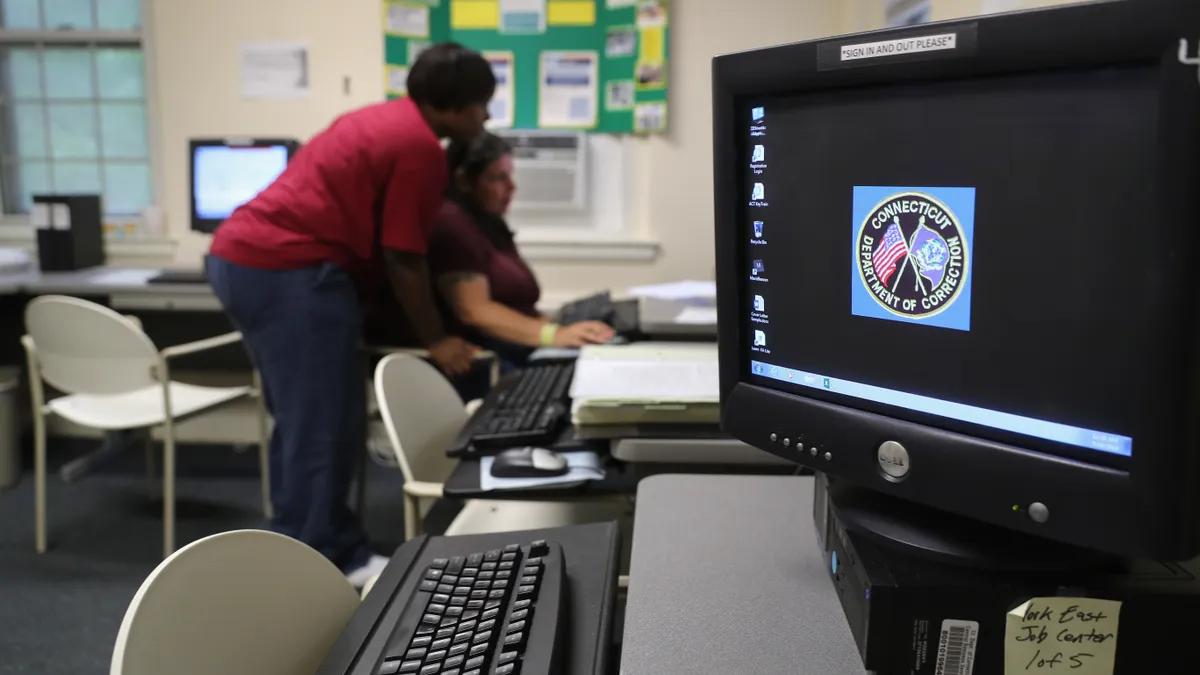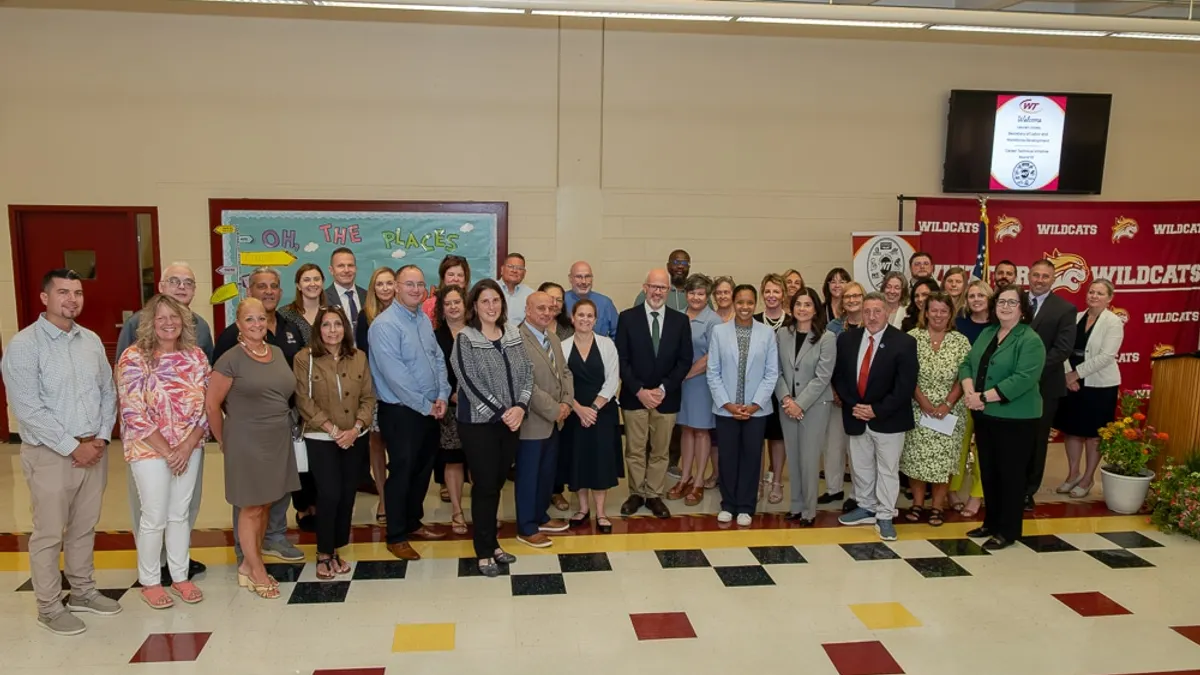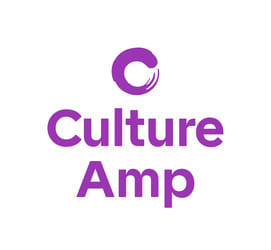This feature is part of a series focused exclusively on learning technology. To view other posts in the series, check out the spotlight page.
The allure of new technology is undeniable. But so are your CFO’s demands for hard ROI and proven results. That contradiction has historically left many companies relying on old habits and technologies. Increasingly, however, a flexible approach to learning tech in the workplace is broadening adoption and giving HR departments access to valuable, new tools.
It’s easy for organizations that have established themselves as tech innovators to seem inimitable, but with learning technology especially, innovation has become more affordable for a broader swath of companies willing to adopt slightly unorthodox methods.
HR Dive asked industry experts: What does learning technology look like for companies that aren’t trying to break the bank? And where is it headed?
What is already being adopted?
New tech shines brightly at expo halls, and perhaps nothing dazzles quite like virtual or augmented reality technologies (of which famed mobile game Pokemon Go is the best-known example). But not many are ready for adoption as part of a training program.
“There has been a lot of talk about introducing virtual or augmented reality into teaching and learning, but no one has been able to effectively deliver the promise at scale,” Ross Pearo, director of strategic alliances and initiatives at HBX, Harvard Business School’s digital learning initiative, told HR Dive.
Instead, most companies are looking at “bite-sized” packets with mobile capability — and for many, that starts with YouTube.
“What we are seeing is that those with very limited budgets are seeing the power of the YouTube initiative,” Doug Stephen, SVP of the learning divison of CGS, said. “We assume everyone has a phone and is able to teach other people by using video.”
Some learning leaders may have a knee-jerk reaction to using something as unrefined as YouTube or ad hoc phone filmmaking, even when only for internal purposes. Organizations are keenly aware that they have little control over items outside a traditional LMS.
The more access we have to information, the less certain we are how to use it.

Ethan Bernstein
Faculty chair of HBX’s Managing Your Career Development course
“You have all this great learning content but no place to put it,” Stephen said.
One major multinational technology company handled the disconnect by compiling all its internally-created instruction videos onto an external website. Now, when an employee searches “How to fix x computer,” the page with relevant instructional videos shows up first for both employees and clients.
Some employers may be concerned that such efforts will look “guerilla style” and unpolished, Stephen said, but the training is valuable, accessible and quick. Those factors can outweigh concerns over production quality.
Regardless, in many cases, the cheap accessibility provided by YouTube represents the paradox of choice employers face.
“The more access we have to information, the less certain we are how to use it,” Ethan Bernstein, faculty chair of HBX’s Managing Your Career Development course, told HR Dive.
How much should an employer outsource? To whom? How much can you simply take from the internet? These are all questions employers are grappling with in an industry that only continues to grow.
“Real application, that is part of the struggle,” Bernstein said. “Employees have a lot more choice there, too.”
To reduce the decision paralysis that comes with having too many options, many employers are fine-tuning their learning programs to offer what Stephen calls “the minimal marketable product.” The goal is to give someone the training programs and information they need to do their jobs during onboarding, and then continually add items as better options or new needs come along.
But then, what does that look like?
How does "traditional" learning fit in?
The old perception of learning programs persists — that they are little more than a boring classroom setup, complete with a droning instructor and sleepy employees. “Traditional” learning programs like this are still a large part of many company training programs, but increasingly they are being transformed in engaging ways.
“The idea of what “traditional” means has never been more in flux,” Pearo said. “Some of the most effective programs are drawing from all the available modalities and technologies to meet the needs of the target audience.”
This may include classroom-based learning, online and virtual experiences or field experiences, he added. Traditional forms of learning are still critically important, but there are more affordable and engaging ways to implement it.
There’s nothing better than group exercises and sharing of experiences,

Doug Stephen
SVP, Learning Division, CGS
Most companies can’t afford to send subject matter experts (SMEs) to every office, but they can still sponsor classroom-style experiences for complex topics. Pre-recorded video can replace SMEs for particularly complex subject matter and then facilitators can complete the rest of the training, Stephen said.
Social learning, while not new, has re-emerged as an important tool in modernizing traditional learning practices. Bernstein’s HBX program connects 60 people from around the world in a virtual classroom that gives them access to tools and material — and to each other.
“Students get 60 different examples of how to approach a problem,” he said. They can advise each other or offer how they handled a specific problem in their workplaces.
“There’s nothing better than group exercises and sharing of experiences,” Stephen said. “There’s still a strong place for it. It’s just, how do they combine them all to make them cost efficient?”
Where we are going next?
When discussing the future of any HR technology, AI and virtual reality dominate conversations — but with learning, a human component is critical to success.
“There is a good possibility that the “experience” will be even more important in the future than it is today, because it has such an important role in retention and a participant’s ability to apply what they have learned,” Pearo said.
Just-in-time accessibility, mobile optimization and video will all play a part, but increasingly, hiring for strong soft skills will be key to program success.
“One of the downsides of the social revolution is that people are comfortable texting or going to videos, but there is a lot to be said about direct, face-to-face communication,” Stephen said.
Machines have a number of advantages over their human counterparts: they don’t forget things and they don’t need to be paid. But it is still very hard to force an AI to make a decision that mimics the calls humans have to make while at work, Bernstein said. The key will be finding a way to get the knowledge of an AI or machine into the decision-making process humans use in real-time — sharing a link to knowledge a worker might need at the moment they need it, for example.
For training to engage employees, it has to meet them where they are.
“We shouldn’t be set with building a curriculum,” Stephen said. “We should see daily needs and tie them in on a daily basis. Continual training is the way to go, or we will be irrelevant.”





















